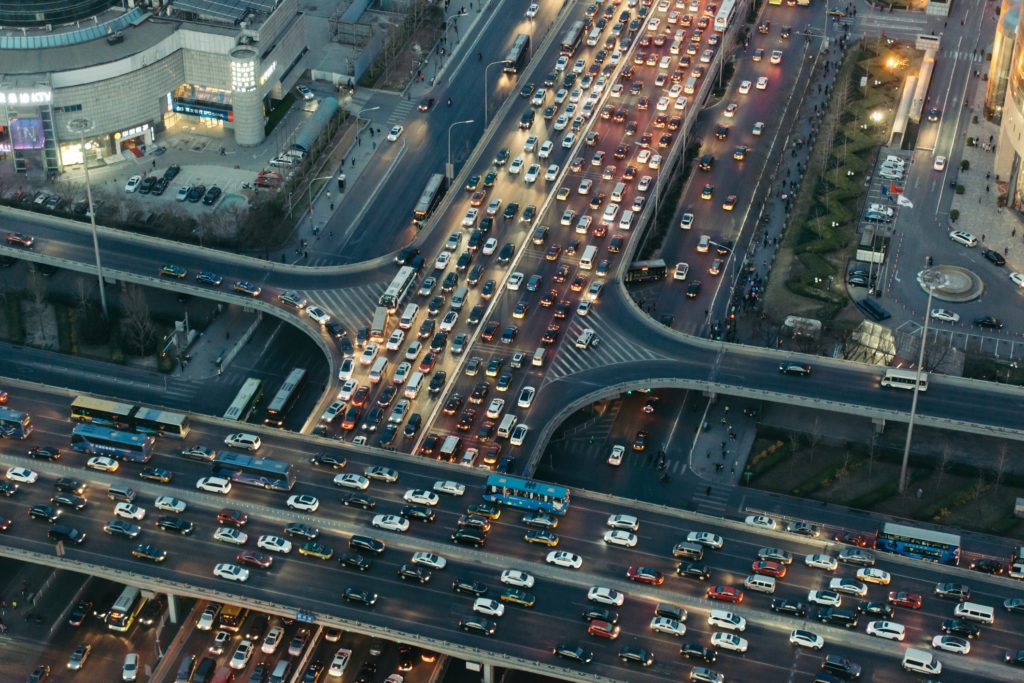A new type of inequality
04 November 2019

4 November 2019
Autovista Group Chief Economist Christof Engelskirchen considers the stark contrasts between urban and rural mobility
There is consensus in academia that capitalism stimulates economic growth and increases welfare overall. There is no doubt that capitalism also increases inequality between the poorer and the more affluent in the population and between the more and less educated. All benefit, but certain parties benefit more. Social capitalism is one approach to moderate this inequality, but it is a continuous struggle. A new type of inequality emerges between urban areas and rural areas. In urban areas new solutions emerge such as shared mobility, recently e-Scooters, but not in rural or even suburban areas.
Feeling left out
The challenges that rural and sub-urban areas face were discussed at Move 2019 – Future mobility concepts and enablers conference in Hamberg. Rents are rising in suburban areas and traffic is increasing, while public transport does not improve and car-sharing and ride-sharing solutions are not gaining ground.
There are 9,000 e-Scooters in Vienna, which has excellent public transport, while in Koeln-Dellbrueck (a suburban part of Cologne, only 10km away from the city centre) there is no free-floating car sharing on offer and no e-Scooter. The jury is out on whether e-Scooters actually solve any of our society’s mobility problems, but it is no surprise that this scalable venture capital-driven business model is thrown into crowded urban areas rather than suburbs such as Koeln-DellbrÜck. Making the business case work for car sharing and ride sharing is challenging in urban areas; in rural areas, it seems impossible to make it work.
Cities are challenged by mobile inequality
This year’s winner of the German Economic Book Prize, Oxford Professor for Economy Paul Collier, points out that the rip between urban and rural areas is dangerous. More inequality increases dissatisfaction and this creates instability. He proposes bringing companies back into the areas where people actually live. Municipalities need to take action and increase the attractiveness of suburban and rural areas.
Public and private transport infrastructure may be one powerful way to address the inequality challenge. Here is the dilemma: private mobility-providing companies need scale, which can be best built in inner cities, before they would even consider branching out. Cities struggle to let private companies compete with public transport, which is not profitable and needs to scale as well. In addition, free-floating car sharing and ride sharing face profitability challenges. They are unlikely to appear in Koeln-Dellbrueck and the like anytime soon.
Bringing mobility into rural areas
There is one advantage of living in suburban and rural areas: solidarity. The concept of sharing and networks exist and can be further developed and fostered. That can serve as a facilitator for bringing ride and car-sharing solutions into areas outside of inner cities. Peer-to-peer car-sharing models such as Taxito could serve as a viable regional sharing use case: a user would go to a virtual ″Taxito-point″, similar to a bus stop, and send a SMS request to be picked up and dropped off. Other peer-to-peer ride-sharing services could work in non-urban areas as well. Stationary car sharing is also a possible business case for areas outside of inner cities. Ford leverages their own dealer network to create car-sharing stations for Ford Carsharing and cooperates with Deutsche Bahn’s Flinkster. Cambio is another example of stationary car-sharing – and already has a base in Koeln-Dellbrueck.
It is clear that the notion of ″feeling left out″ of innovative mobility solutions is apparent in suburban and rural areas and adds to the list of inequalities that eventually harm social cohesion. Free-floating car sharing and ride-sharing business models face profitability challenges and need to scale to get closer to breakeven. Furthermore, stationary car sharing offers less flexibility but could help create more sustainable mobility solutions outside of inner cities;
A conundrum resides with public transport – cities have little incentive to facilitate private companies to scale free-floating, stationary car sharing and ride-sharing business models if there is a risk of cannibalising public transport. At the same time, cities would like private companies to help them bring mobility into sub-urban or rural areas.
The best chance of bringing innovative mobility solutions into sub-urban and rural areas lies in smaller, regional solutions facilitated by higher levels of solidarity. These could increase the attractiveness and help reduce the inequality between urban and suburban/rural areas.